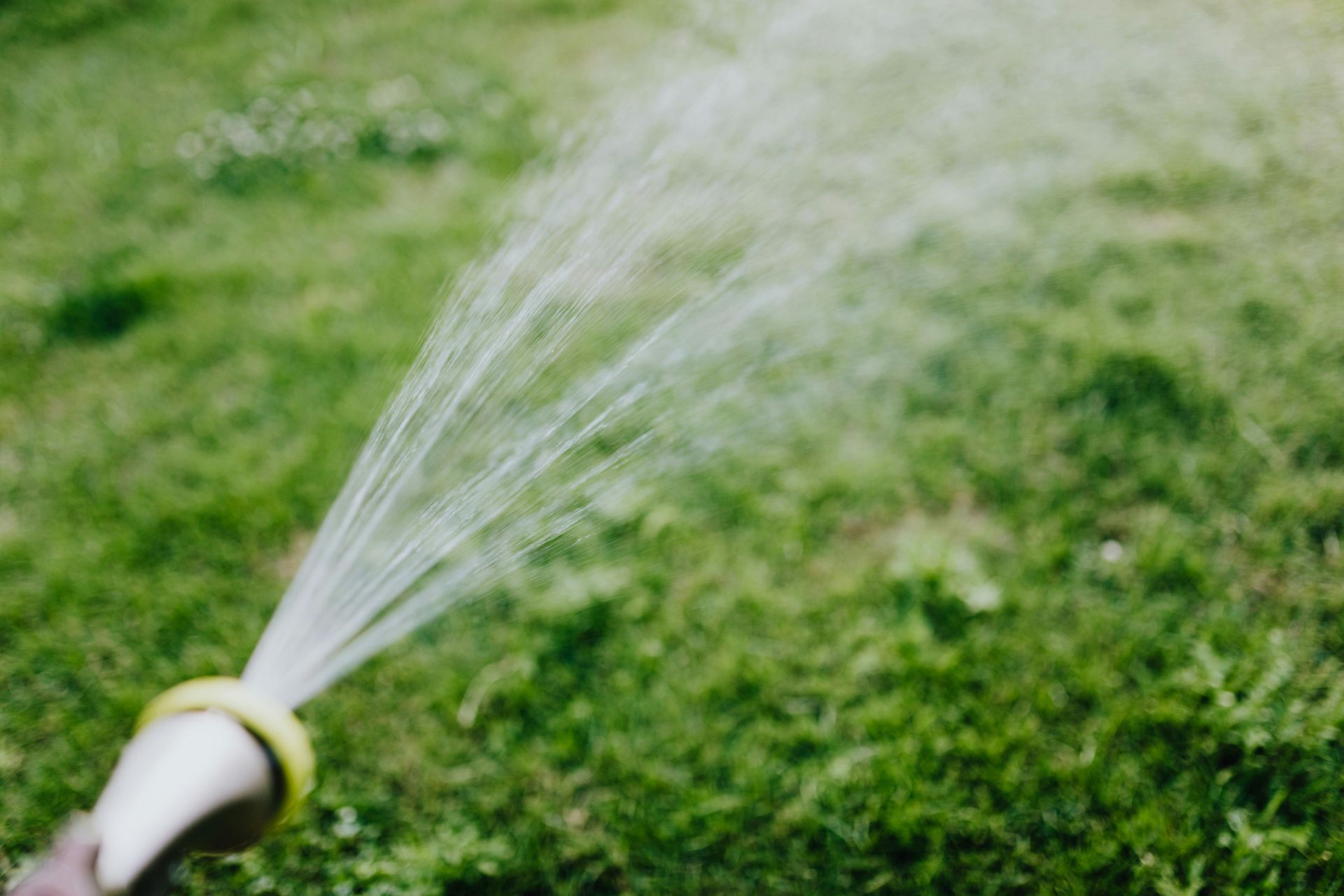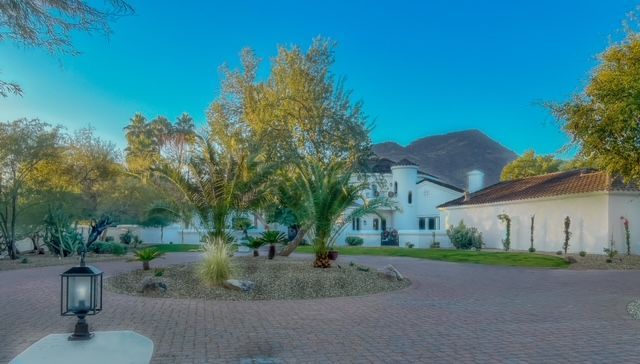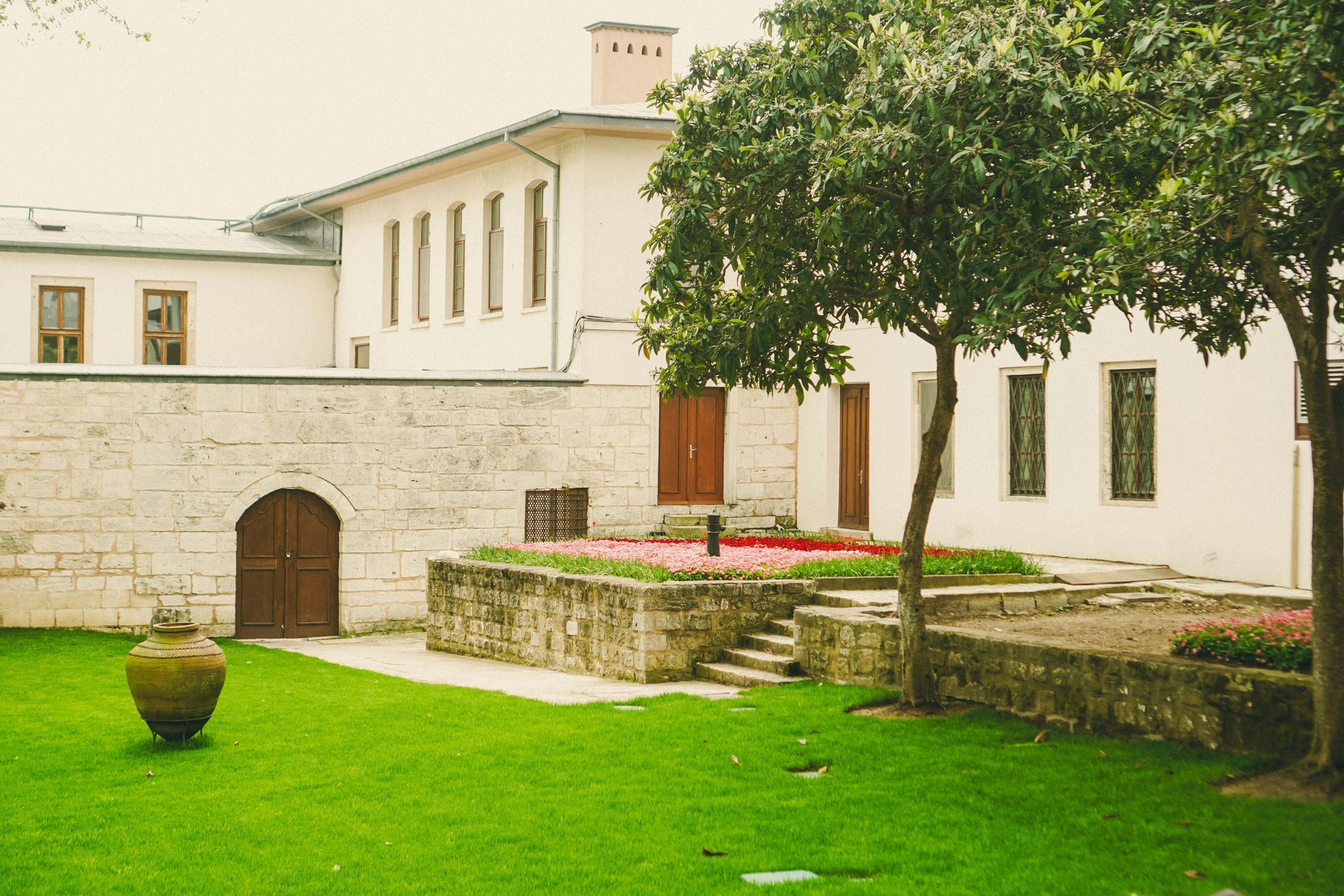The Art of Desert Landscaping: Designing for Beauty and Sustainability
Landscaping in desert climates presents unique challenges but also offers incredible opportunities for creativity, beauty, and sustainability. The harsh conditions of the desert, with its intense heat, low rainfall, and dry soil, require thoughtful planning and the right approach to create functional, beautiful, and eco-friendly outdoor spaces. Whether you're designing a private garden, a commercial landscape, or simply looking to embrace the beauty of your desert surroundings, sustainable desert landscaping can transform your outdoor environment into a thriving oasis.
In this article, we'll explore the art of desert landscaping, providing valuable insights into designing sustainable desert gardens, selecting the right plants, and employing water-efficient techniques that not only enhance the beauty of your landscape but also conserve valuable resources.
Understanding Desert Landscaping
Desert landscaping is the practice of designing outdoor spaces that are suited to the extreme conditions of desert environments. This means working with the climate, not against it. Traditional landscaping methods often rely on high-maintenance grass lawns and non-native plants that require constant watering and care. Desert landscaping, on the other hand, emphasizes using plants and materials that thrive in arid climates, conserving water, and reducing the need for excessive maintenance.
Key Elements of Desert Landscaping
Successful desert landscaping involves several key elements:
- Soil Preparation: Desert soils can be nutrient-poor and dry, requiring the right amendments to support plant growth.
- Water Conservation: Using water-efficient irrigation methods and selecting drought-tolerant plants is essential for maintaining sustainability.
Native Plants: Choosing plants that are naturally adapted to desert environments ensures a more sustainable landscape with less water dependency.
Sustainable Desert Landscaping: An Eco-Friendly Approach
Sustainable desert landscaping involves designing landscapes that work harmoniously with the desert environment, focusing on long-term ecological health and water conservation. Sustainability isn’t just about water-saving techniques; it also involves selecting plant species that are well-suited to the desert climate, using local materials, and creating low-maintenance spaces that reduce the need for frequent upkeep.
Water-Efficient Landscaping
Water conservation is the cornerstone of sustainable desert landscaping. In dry climates, water is a limited resource, so it’s crucial to use irrigation systems that minimize waste and maximize efficiency. Smart irrigation systems, such as drip irrigation or weather-based controllers, ensure that water is delivered directly to the roots where it's needed most.
In addition to smart watering systems, it’s essential to select drought-tolerant plants that require less water to thrive. Plants like succulents, cacti, and native desert species are all perfect choices for creating a low-water, high-impact landscape.
Soil Health and Mulching
Soil preparation is a crucial part of sustainable desert landscaping. Desert soils often lack organic matter, which makes them less able to retain moisture. To improve soil health, organic mulch such as gravel, bark, or decomposed granite can be applied. Mulch helps to retain moisture, regulate soil temperature, and suppress weed growth, all of which reduce the need for water and maintenance.
Desert Garden Design: Balancing Beauty and Function
Designing a desert garden is an art form that involves balancing beauty with function. The goal is to create a space that is visually striking while also being practical and sustainable. Incorporating a variety of textures, colors, and shapes will allow your garden to flourish throughout the seasons, even in the harshest conditions.
Xeriscaping for Desert Climates
Xeriscaping is a landscaping technique that focuses on water conservation by using drought-tolerant plants, efficient irrigation methods, and natural terrain features. In desert environments, xeriscaping can be especially beneficial, as it reduces the need for frequent watering and promotes a more sustainable approach to landscaping.
Some popular xeriscaping techniques include:
- Grouping plants with similar water needs: This allows for more efficient watering and reduces water waste.
- Using hardscaping elements like rocks and gravel: These materials add texture and beauty to your landscape while minimizing water evaporation.
- Incorporating shade structures: Trees, pergolas, or shade sails can reduce water evaporation from the soil and provide cooling shade for your outdoor living spaces.
Desert Oasis Landscaping
Creating a desert oasis is about designing a serene, tranquil environment that provides a respite from the intense heat. By combining a mix of water-saving plants, natural materials, and strategic design, you can transform a barren space into a lush, beautiful retreat. Consider creating focal points such as a small pond, fountain, or rock garden to add visual interest while keeping water use to a minimum.
Landscaping with Native Plants
Native plants are the backbone of any sustainable desert garden. These plants are naturally adapted to the desert’s harsh conditions, making them incredibly resilient and low-maintenance. When selecting plants for your landscape, focus on species that are native to your region, as they require less water and are better suited to local soil conditions.
Common desert plants include:
- Cacti: Such as saguaro, prickly pear, and barrel cactus.
- Succulents: Including agave, aloe, and yucca.
- Desert shrubs and grasses: Like creosote bush, yucca, and buffalo grass.
Incorporating these hardy, drought-tolerant plants not only enhances the beauty of your landscape but also supports local wildlife by providing shelter and food sources for birds, insects, and small mammals.
Low-Maintenance Desert Gardens
A low-maintenance desert garden is ideal for homeowners who want a beautiful outdoor space without the constant upkeep of traditional landscaping. The key to low-maintenance design is choosing the right plants and materials that require minimal care, while still providing an attractive aesthetic.
Sustainable Garden Design Tips
To create a low-maintenance desert garden, consider these tips:
- Limit Lawn Areas: Grass lawns are water-intensive and require frequent care. Instead, incorporate drought-tolerant ground covers or hardscaping features like gravel and flagstone.
- Use Hardy Plants: Select plants that are naturally resistant to pests and diseases, reducing the need for chemical treatments and frequent pruning.
Create Zones: Divide your landscape into zones based on plant needs. For example, place low-water plants in areas with less direct sunlight and high-water plants in shaded regions where moisture retention is higher.
The Beauty in Desert Landscaping
Desert landscapes can be just as beautiful as lush, green gardens, especially when you embrace the unique features of the desert environment. The stark beauty of rocks, sand, and cactus creates a striking contrast that is visually stimulating and serene. Adding elements such as large boulders, decorative pots, and sculptural plants can help create focal points that draw the eye and make your garden feel like a true work of art.
In addition to hardscaping and plant selection, lighting plays an important role in desert landscaping. Installing outdoor lighting can highlight key features of your garden at night, transforming it into a dramatic space that feels both peaceful and enchanting.
Landscaping for Hot Climates: Adapting to the Desert Environment
Landscaping for hot climates requires a strategic approach to ensure that your plants thrive even during the hottest months of the year. In desert climates, the sun’s intensity can quickly dry out soil and cause plants to wilt or die if not properly cared for.
Water-Efficient Plants for Desert Landscaping
When designing your desert landscape, it’s essential to choose plants that can withstand the intense sun and heat. Look for plants that are adapted to dry, hot conditions, such as desert sages, yucca, and lavender. These plants have unique adaptations that allow them to retain moisture, withstand heat, and thrive in dry conditions.
Creative Desert Landscaping Ideas
Creative desert landscaping is all about incorporating innovative elements that reflect your personal style while being mindful of water conservation. Some creative ideas include:
- Sculptural Cactus Gardens: Use cacti and succulents in various shapes and sizes to create an artistic, minimalist landscape.
- Zen Gardens: Incorporate smooth rocks, sand, and drought-tolerant plants to create a calming, low-maintenance outdoor space.
Desert Wildlife Gardens: Design your landscape to attract local wildlife by providing native plants that serve as food and shelter.
Conclusion: A Sustainable and Beautiful Desert Landscape Awaits
Designing a desert landscape that is both beautiful and sustainable requires a thoughtful, creative approach. By embracing xeriscaping, selecting native plants, and using water-efficient irrigation systems, you can create a stunning outdoor space that thrives in the harsh conditions of the desert. Whether you’re looking to create a low-maintenance garden or a vibrant desert oasis, sustainable desert landscaping can help you achieve your goals while conserving precious resources.
At
Blossom and Oak Landscaping, we specialize in designing eco-friendly, sustainable desert landscapes that reflect the natural beauty of your surroundings. Let us help you transform your outdoor space into a beautiful and water-efficient retreat. Contact us today to learn more about our desert landscaping services and start creating the garden of your dreams.
You might also like


